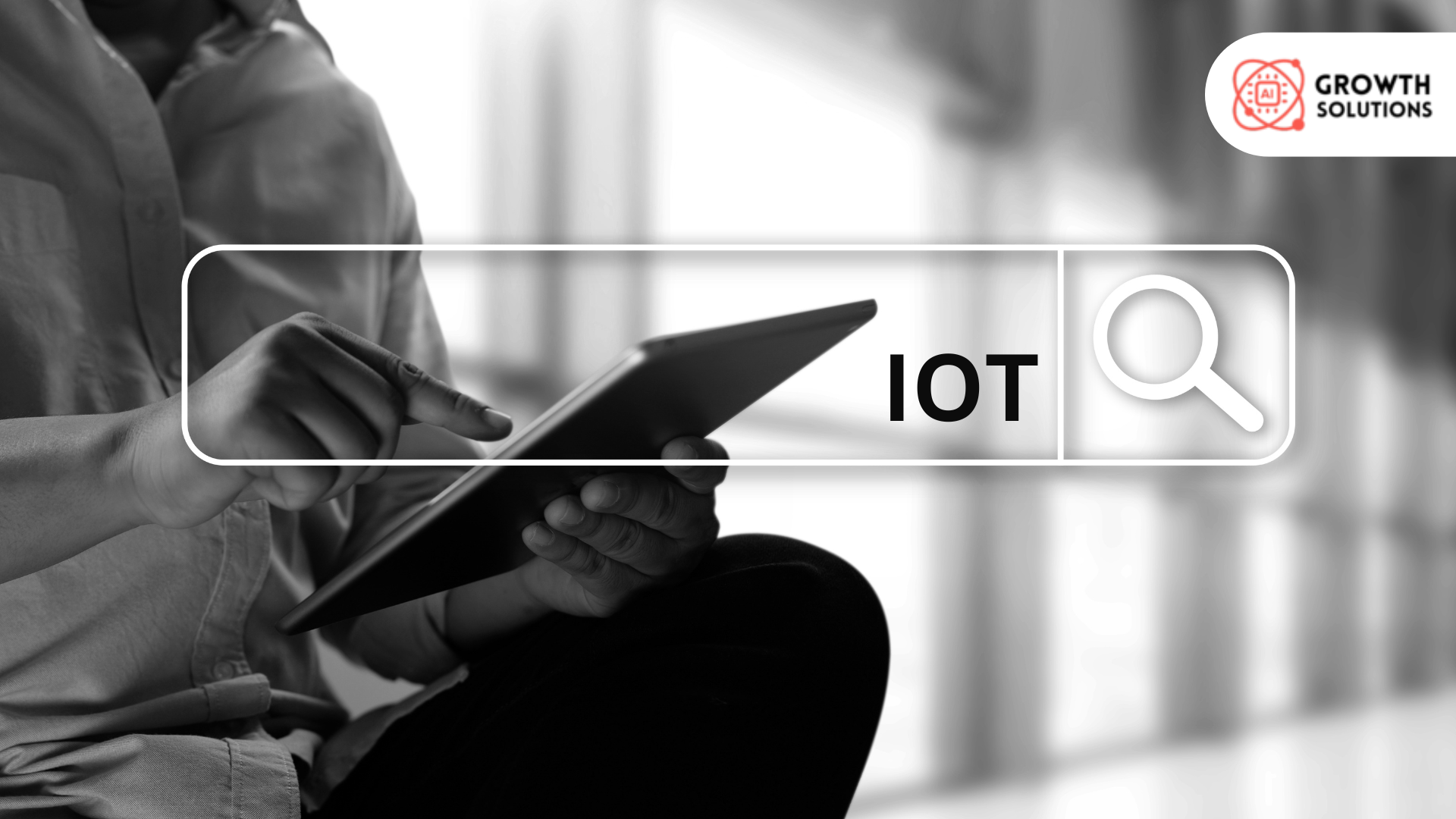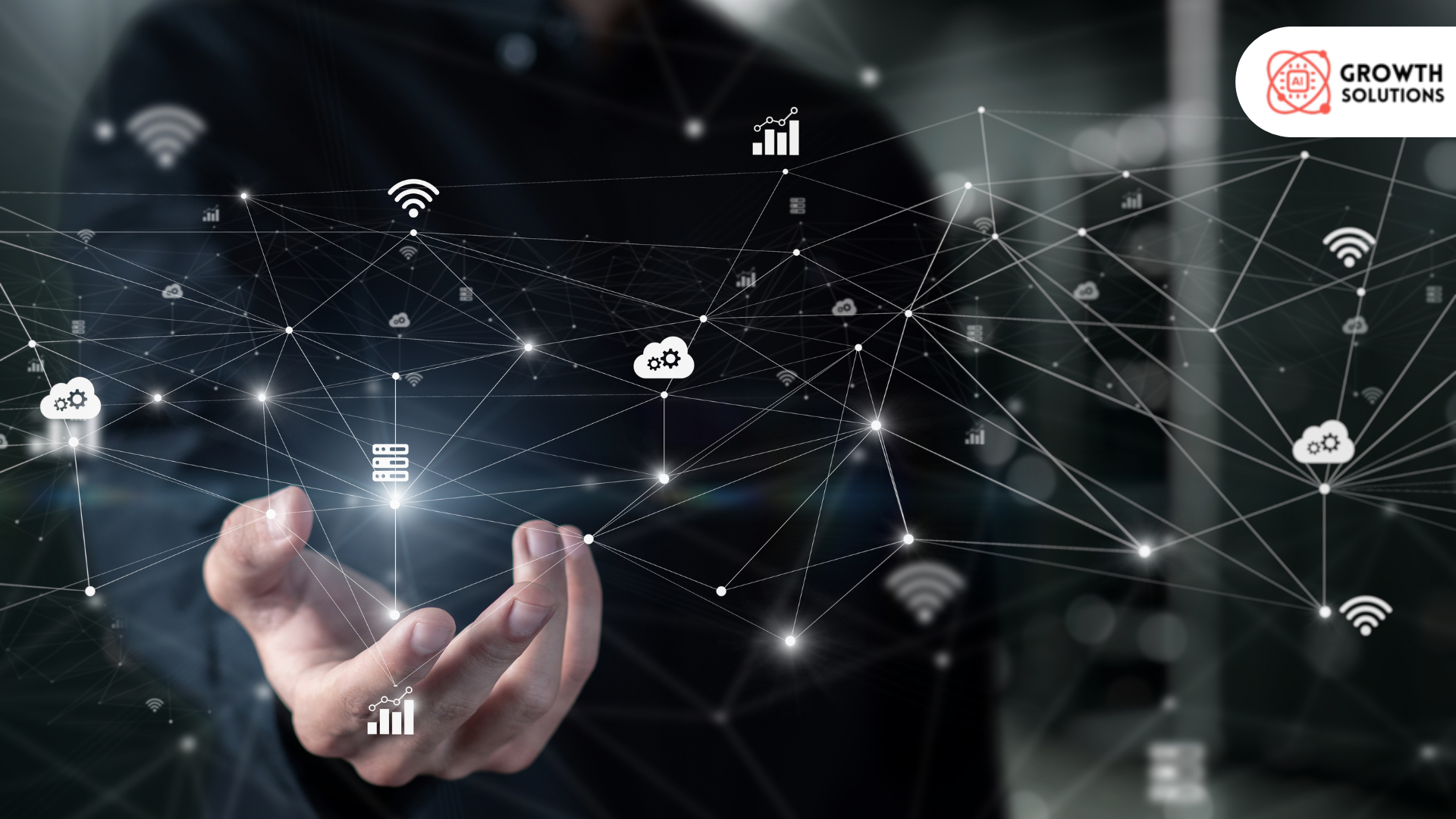18554493114
Call us for any question.
- support@aigrowth-solutions.com
- 349 Blue Point Rd Farmingville, NY 11738,USA
Call us for any question.
18554493114
Search for products
Blog Detail
- Home
- Blog
- Details
What Technologies Power IoT?
The Internet of Things (IoT) has revolutionized the way we interact with the world around us, enabling a more innovative, more connected experience. At AI Growth Solution, we leverage the latest IT technologies to provide cutting-edge IoT installation services that meet the needs of various industries. In this blog post, we'll delve into the core technologies powering IoT and how they contribute to its effectiveness.
Introduction to IoT Technologies
IoT, or the Internet of Things, refers to the network of interconnected devices that communicate and exchange data with each other. These technologies are critical in transforming traditional systems into intelligent, automated networks. The evolution of IoT has been remarkable, with rapid advancements that have significantly impacted industries ranging from healthcare to manufacturing.
Core IoT Technologies
At the heart of IoT are several core technologies. Sensors and actuators play a vital role in collecting and acting on data. Different types of sensors, such as temperature, proximity, and pressure sensors, are integrated into IoT systems to gather real-time information. Connectivity and networking are equally essential, with wireless technologies like Wi-Fi, Bluetooth, and Zigbee, as well as cellular technologies like 5G and NB-IoT, facilitating seamless communication. Additionally, IoT platforms and middleware solutions, such as AWS IoT, Azure IoT Hub, and Google Cloud IoT, provide the necessary infrastructure for managing and processing IoT data.
Communication Protocols
Effective communication protocols are crucial for the success of IoT systems. MQTT (Message Queuing Telemetry Transport) is known for its lightweight messaging protocol, ideal for low-bandwidth, high-latency networks. CoAP (Constrained Application Protocol) offers a web transfer protocol that is particularly useful for resource-constrained devices. Traditional web protocols like HTTP/HTTPS and advanced message queuing protocols like AMQP (Advanced Message Queuing Protocol) also play significant roles in ensuring reliable and secure data exchange.
Data Management and Analytics
Data is the lifeblood of IoT. Efficient data storage solutions, whether cloud-based or local, are essential for handling the vast amounts of data generated. Real-time data processing, coupled with advanced analytics, enables businesses to derive actionable insights. Machine learning and AI are increasingly being used in IoT to enhance predictive maintenance and anomaly detection. Visualization tools like Tableau and Power BI help in presenting data in an understandable and actionable format.
Security Technologies
Security is a paramount concern in IoT. With the proliferation of connected devices, the risk of cyber threats has increased. AI Growth Solution prioritizes IoT security by implementing encryption, authentication, secure boot, and firmware updates. Network security measures, such as firewalls and intrusion detection systems, are also critical. Adhering to data privacy regulations like GDPR and CCPA ensures that user data is protected and privacy concerns are addressed.
Edge and Fog Computing
Edge and fog computing have emerged as crucial IoT technologies to meet the demands for real-time processing and enhanced security. Edge computing brings data processing closer to the source, reducing latency and improving response times. Fog computing extends this capability by providing additional layers of computing power closer to the network edge. These approaches complement cloud computing, creating a hybrid model that optimizes performance and security.
AI and Machine Learning in IoT
AI and machine learning are transforming IoT by enabling more intelligent and autonomous systems. Predictive maintenance, powered by machine learning algorithms, can anticipate equipment failures before they occur. Anomaly detection helps identify unusual patterns and potential security threats. Edge AI, which involves running AI models directly on IoT devices, further enhances the capabilities of IoT systems by providing real-time insights and actions.
IoT Standards and Interoperability
Standards play a crucial role in ensuring compatibility and interoperability among IoT devices. Organizations like IEEE, IETF, and ITU have developed various standards to facilitate seamless integration. Industry-specific standards are also necessary, addressing the unique requirements of sectors such as healthcare and automotive. Overcoming interoperability challenges is essential for the widespread adoption and success of IoT technologies.
Real-World Applications of IoT Technologies
The real-world applications of IoT are vast and varied. In smart homes, connected appliances and home automation systems enhance convenience and energy efficiency. Intelligent cities utilize IoT for infrastructure monitoring, traffic management, and public safety. Industrial IoT (IIoT) improves manufacturing processes and enables predictive maintenance. In healthcare, IoT devices allow remote patient monitoring and the use of intelligent medical devices, improving patient outcomes and reducing healthcare costs.
Future Trends and Emerging Technologies
The future of IoT is bright, with emerging technologies poised to drive further advancements. The rollout of 5G promises to enhance IoT connectivity with higher speeds and lower latency. Blockchain technology offers a solution for securing IoT networks, providing a decentralized and tamper-proof way to manage IoT data. Quantum computing, still in its early stages, holds the potential to revolutionize IoT by solving complex problems that are currently beyond the reach of classical computers.
Conclusion
At AI Growth Solution, we are committed to staying at the forefront of IoT technologies. By leveraging the latest advancements and implementing robust security measures, we provide comprehensive IoT installation services that cater to our clients' diverse needs. The future of IoT is filled with possibilities, and we are excited to be part of this transformative journey.
Category
IOT Installations
Previous Post
What is the Role of Cloud Computing in IoT?
In today's fast-paced digital era, the convergence of Cloud Computing and the Internet of Things...
Next Post
How Do Servers Connect to Networks?
In today's digital age, understanding how servers connect to networks is crucial for ensuring se...
Today's businesses span borders, requiring versatile solutions.



 Admin
Admin
